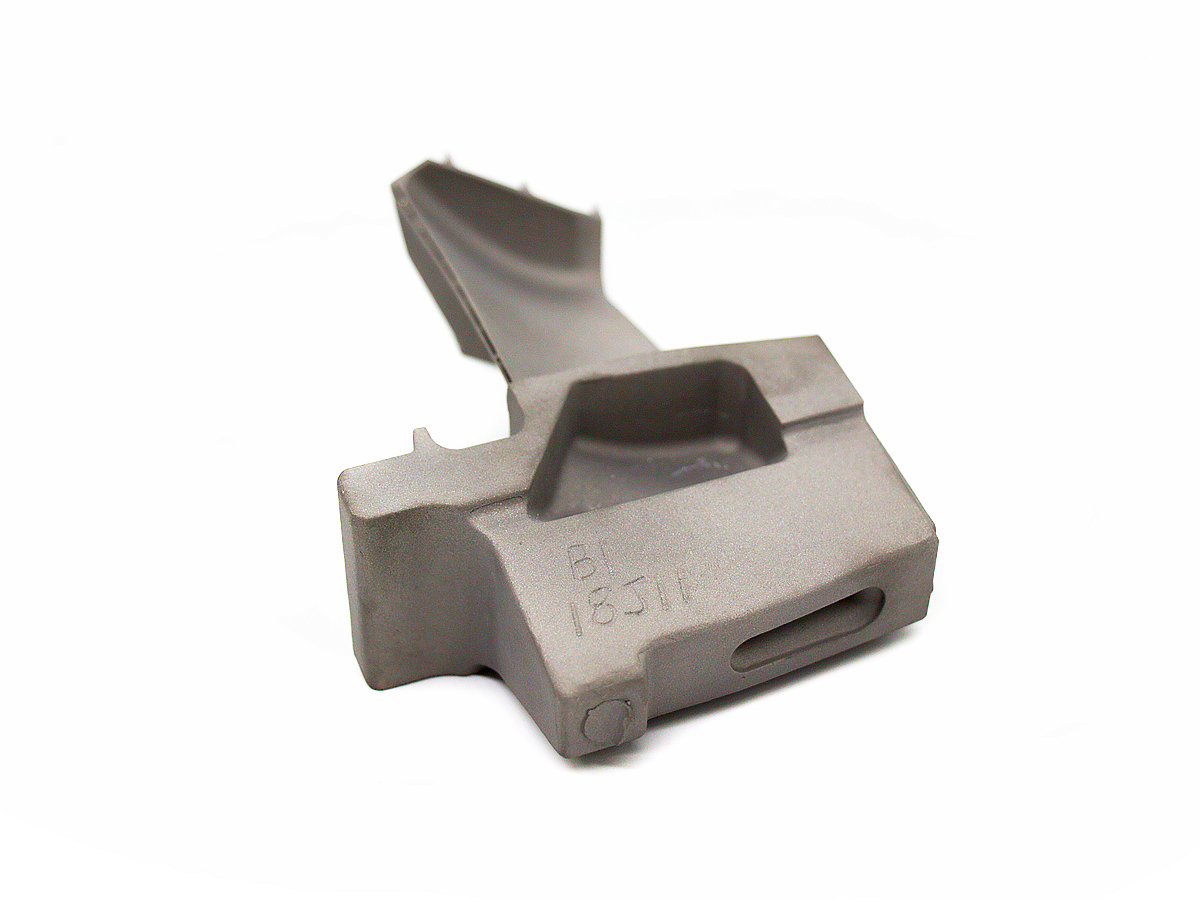SLM 3D Printing Service: High-Density Superalloy Components for Industrial Applications
Introduction
Selective Laser Melting (SLM) is an advanced additive manufacturing technology that creates high-density, intricate superalloy components across various industrial sectors. Employing precision-focused laser melting, SLM achieves part densities exceeding 99.8% and dimensional accuracy up to ±0.05 mm, making it optimal for applications requiring exceptional mechanical strength, durability, and corrosion resistance, such as those involving Inconel 625 or Haynes 188.
Compared with traditional manufacturing, the SLM process reduces lead times by up to 60%, enabling rapid prototyping and highly efficient production of complex geometries for industrial solutions.
Applicable Material Matrix
Material | Density (g/cm³) | Tensile Strength (MPa) | Yield Strength (MPa) | Max Operating Temp. (°C) |
|---|---|---|---|---|
8.44 | 930 | 517 | 982 | |
9.00 | 960 | 480 | 1095 | |
8.89 | 790 | 355 | 1038 | |
8.19 | 1375 | 1100 | 700 | |
8.97 | 860 | 450 | 1150 |
Material Selection Guide
Inconel 625: Excellent corrosion and oxidation resistance, ideal for marine, oil & gas, and chemical processing applications.
Haynes 188: Suitable for gas turbine components and combustion chambers due to superior high-temperature strength (up to 1095°C) and oxidation resistance.
Hastelloy C-276: Optimal for aggressive chemical environments, notably in chemical processing equipment and pollution control.
Inconel 718: Preferred choice for aerospace engine components due to its exceptional tensile strength and fatigue resistance at elevated temperatures.
Haynes 230: Recommended for industrial furnace components and thermal processing equipment due to its impressive ductility (up to 45%) and outstanding thermal stability.
Process Performance Matrix
Attribute | SLM Performance |
|---|---|
Dimensional Accuracy | ±0.05 mm |
Density | >99.8% |
Layer Thickness | 20–50 μm |
Surface Roughness | Ra 4–10 μm |
Minimum Feature Size | 0.3 mm |
Process Selection Guide
High-Density Parts: Achieves near-fully dense (>99.8%) components ideal for critical structural applications.
Complex Geometries: Excellent for intricate designs, lattice structures, internal channels, and integrated cooling paths.
Reduced Production Time: Faster cycle from prototype to production, typically reducing lead time by 60% compared to conventional methods.
Precision: Best suited for tight-tolerance applications with dimensional accuracy of ±0.05 mm.
Case In-Depth Analysis: SLM Inconel 625 Components for Chemical Processing Equipment
A leading chemical equipment manufacturer required highly corrosion-resistant parts capable of withstanding aggressive chemicals at temperatures above 900°C. Leveraging our SLM 3D printing service and Inconel 625, we fabricated intricate chemical reactor parts exhibiting densities of over 99.8%, tensile strength reaching 930 MPa, and yield strength of 517 MPa. Our optimized design reduced part assembly complexity by 40% and extended service life by 35% compared to traditional casting methods. Post-processing steps included precision CNC machining, heat treatment, and protective thermal coating to maximize chemical resistance.
Industry Applications
Manufacturing and Tooling
Injection molding inserts with conformal cooling channels.
Complex cutting tools for precision manufacturing.
High-temperature fixtures for heat treatment processes.
Energy and Power
Heat exchanger components with optimized thermal management.
Gas turbine blades and combustion chamber components.
Nuclear reactor parts requiring dimensional stability under extreme conditions.
Medical and Healthcare
Surgical instruments demanding high mechanical strength.
Custom implants designed for enhanced biocompatibility.
Prosthetic components offering improved durability and function.
Mainstream 3D Printing Technology Types for Industrial Applications
Direct Metal Laser Sintering (DMLS): Suitable for detailed, high-precision metal components requiring fine features and tight tolerances.
Electron Beam Melting (EBM): Preferred for large-scale parts and high-temperature metals like titanium alloys.
Wire Arc Additive Manufacturing (WAAM): Economical choice for large-scale industrial components and structural applications.
Binder Jetting: Effective for moderate-complexity metal parts with rapid batch production capabilities.
Directed Energy Deposition (DED): Ideal for repair, refurbishment, or feature additions to existing metal components.
FAQs
What are the maximum component dimensions achievable using SLM technology?
How does SLM-produced superalloy component performance compare to traditionally manufactured parts?
Which superalloy materials perform best with SLM 3D printing for high-temperature applications?
What post-processing methods enhance the durability and precision of SLM-produced industrial components?
How cost-effective is SLM technology for producing low-to-medium volume industrial parts?

